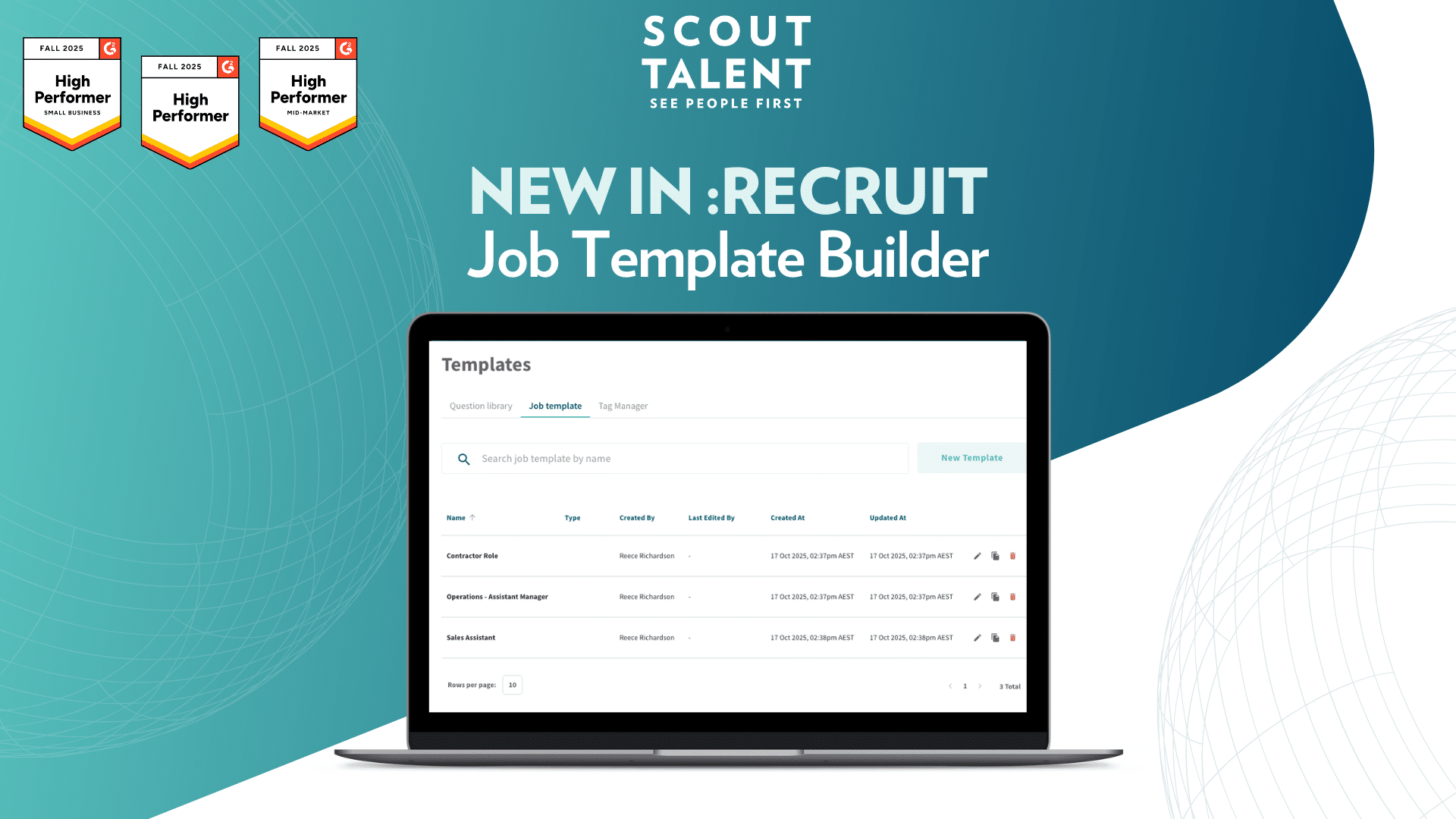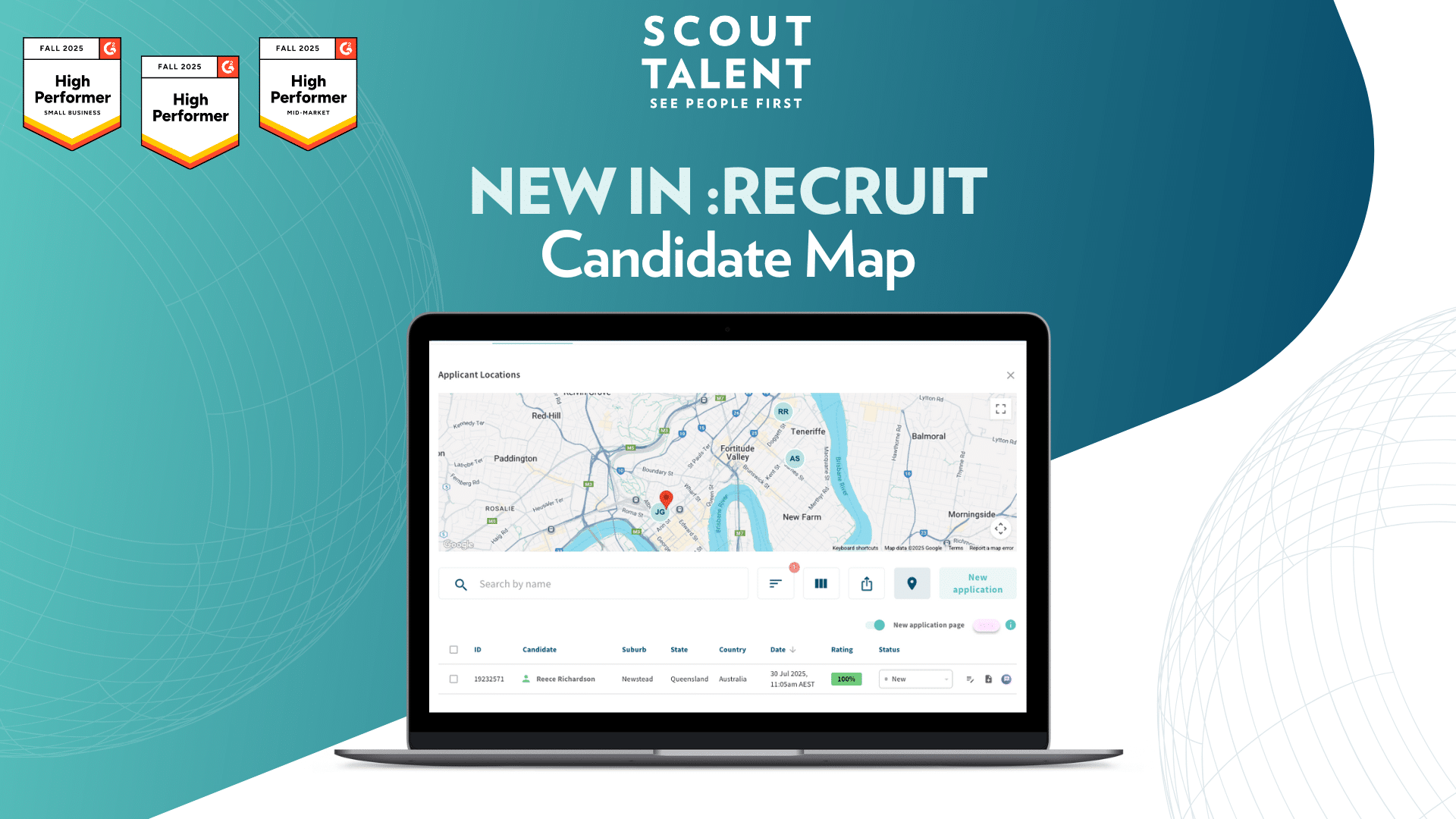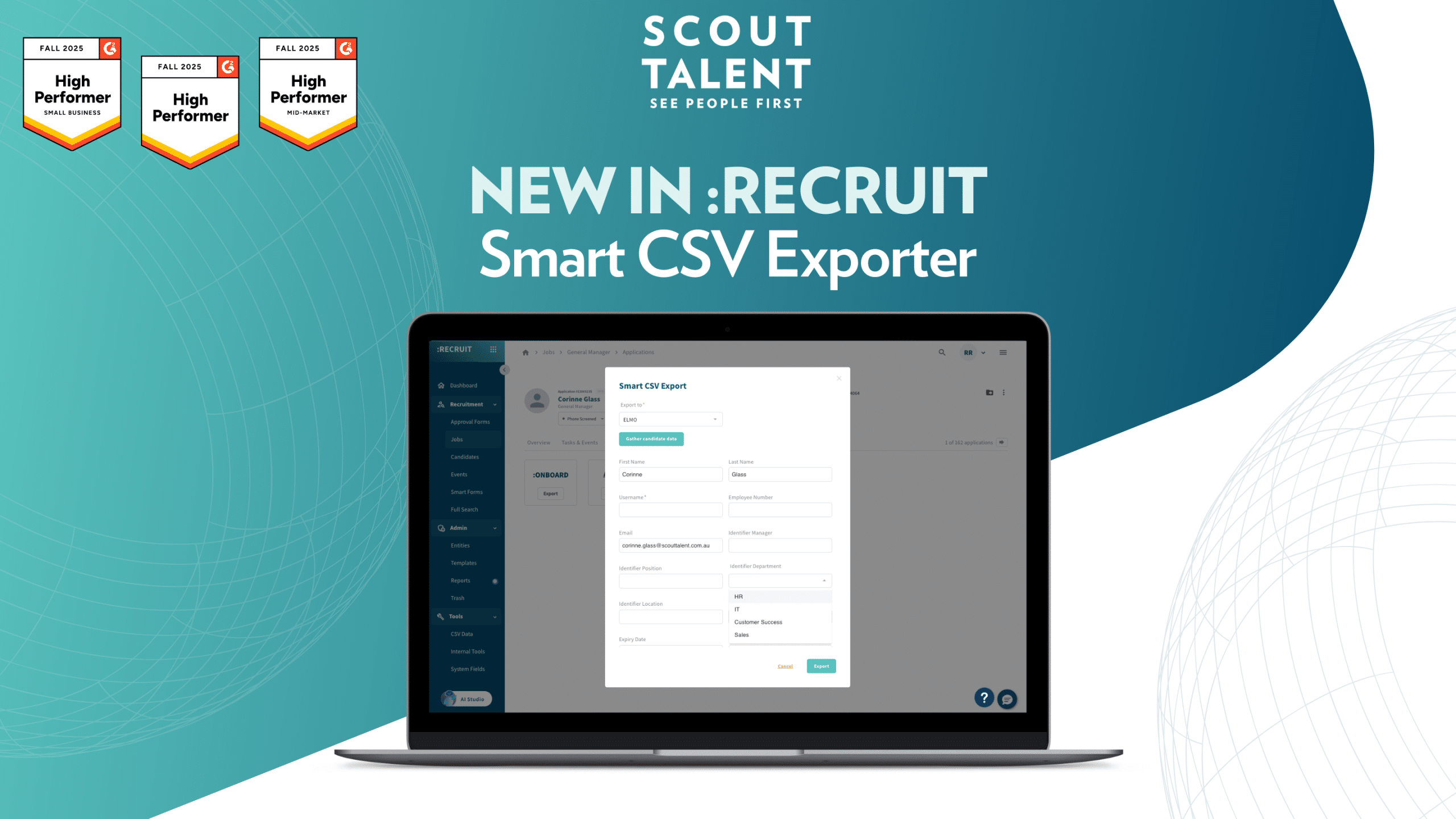I know that recently we discussed executive level recruitment from end to end at a very high level but today, and in the coming weeks, we’re going to get a little bit more granular with recruiting executive-level roles. With that in mind let’s start at the beginning and talk a little bit about Recruitment Marketing and Candidate Attraction when it comes to C-Suite individuals, executives, board members, and directors.
The job description
The job description is an important cornerstone to your recruitment marketing efforts and candidate attraction strategies. When we’re talking about executive-level recruitment roles, you need to elevate your language to the calibre of individual that you’re looking for. As an example, if all of your job descriptions start with the question – “Are you a driven individual that doesn’t know the meaning of the word no” or something like that because you usually only hire salespeople, then you need to change your job description.
Your job description should be a clear message of who you are as an organization and where you want this experienced hire to bring your organization. An executive-level job description requires more honesty and grit to be attractive to the right candidate because the sort of senior leader that is drawn in by language like “Join us and receive an incredibly competitive salary plus commission” probably isn’t the right senior leader for your organization. Senior leaders want a chance to flex their muscles, show their skills, drive transformation, and ultimately add a good story to their resume for when they are next looking for a new role. Your job description should reflect that opportunity for them.
Keep your messaging consistent
Something else to bear in mind here as well is that anything your job description says shouldn’t contradict information on your website, on company review sites, or on your careers page. While you may get away with inconsistent messaging on other roles, senior leaders and executives are going to do their homework.
They may not do it at the application stage but they’ll certainly do it before an interview and if something isn’t aligning or something seems deceptive you shouldn’t be overly surprised if a lot of your scheduled interviews end up not happening. Review your online presence and make sure what you’re showcasing in your job description is authentic. This doesn’t mean saying that everything is awful. But as an example, if your Glassdoor reviews are terrible, part of your job description could acknowledge that you want this senior executive to make your organization a great place to work.
What Screening questions to use
The final consideration when drafting your job description is what screening questions you’re going to ask. Much like how you need to elevate the text of your job description to match the calibre of person you’re trying to attract you also need to elevate your screening questions.
Don’t ask a senior executive a screening question like “Tell us something unique about you” or “Tell us about a time you displayed leadership”. It isn’t getting the most out of the candidates that you’re looking for and it feels juvenile which by extension suggests that the role isn’t as senior as you’ve presented it to be.
Qualify qualifications, certifications, and years of experience with your screening questions before then getting a bit deeper. Ask them to outline how they transformed an organization to make it more profitable, get them to tell you about a time they drastically altered a company’s culture for the better, or about a time they negotiated a game-changing deal. Whatever the mission of this new hire is, specifically ask them for an example of a time they did it before.
Advertising and attraction
With your job description in hand, it is then time to begin deploying it. The best strategies for candidate attraction target both active and passive candidates. Active being candidates that are actively looking at job boards and passive candidates being those that are not looking at job boards but would be open to a new role if it were presented to them.
When targeting executive active candidates use the most popular job boards within your region but also target specific niche ones based on the qualifications you’re looking for or the industry your organization exists within. If you’re based in a remote area then advertise in nearby cities and include information about the relocation package that you would offer to the successful candidate. Be creative in order to get the largest audience for your role that you can.
To leverage passive candidates, in this pandemic, you’ll need to look online. Headhunting through online databases like LinkedIn can be a great way of proactively reaching out to highly skilled and qualified candidates. Once the pandemic subsides, networking events can be a very powerful tool to come into contact with senior executives.
Of all that I’ve covered so far, no individual aspect is a silver bullet. Every aspect of your recruitment marketing needs to be strong to give you the best chance of finding the top talent you need. Join us next week when we’ll be diving into the interviewing and selection aspect of the recruitment process at the executive level in more detail.
If you’re interested in a free consultation with one of our many recruitment experts, please do get in touch and our specialists would be happy to help you to plan out all of your upcoming executive recruitment needs.
To make sure that you don’t miss an episode of The Talent Scout, sign up below.




